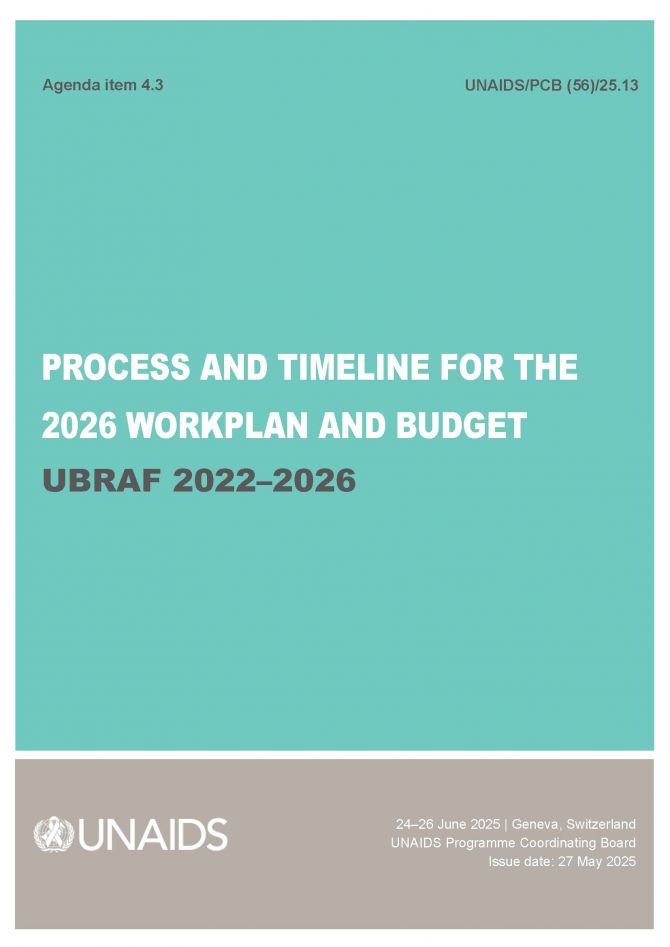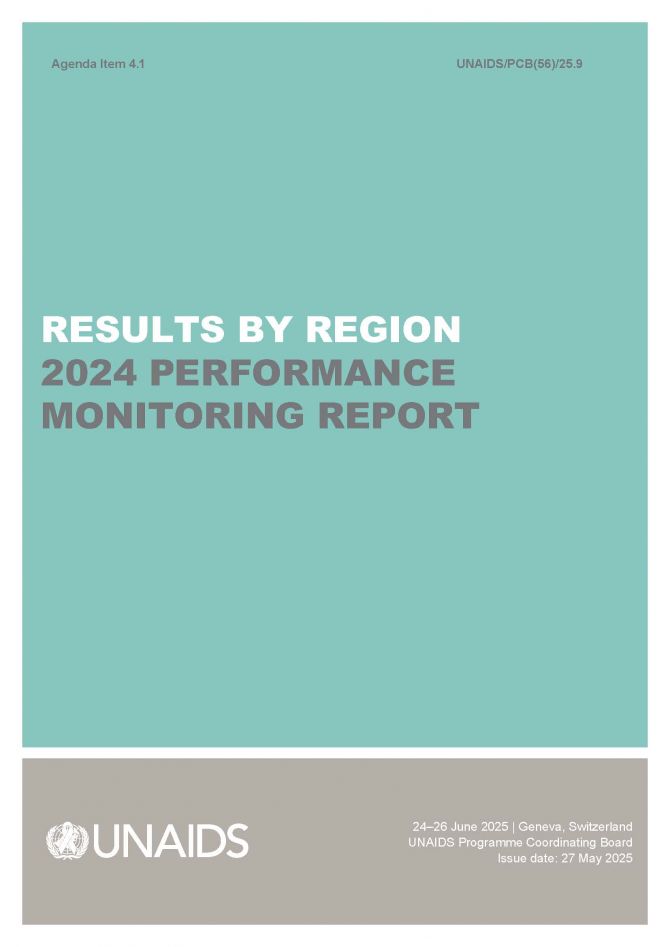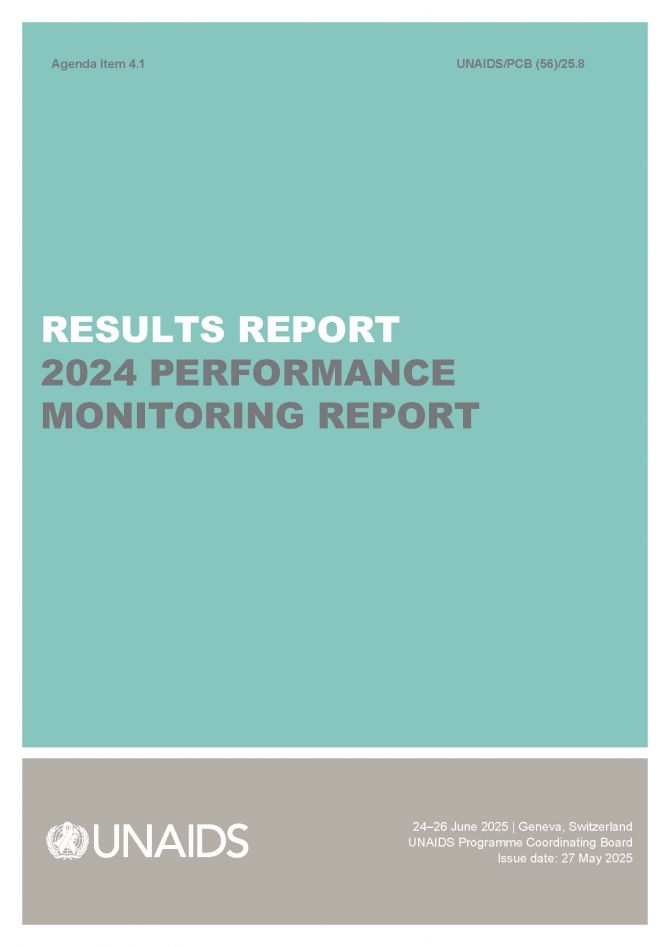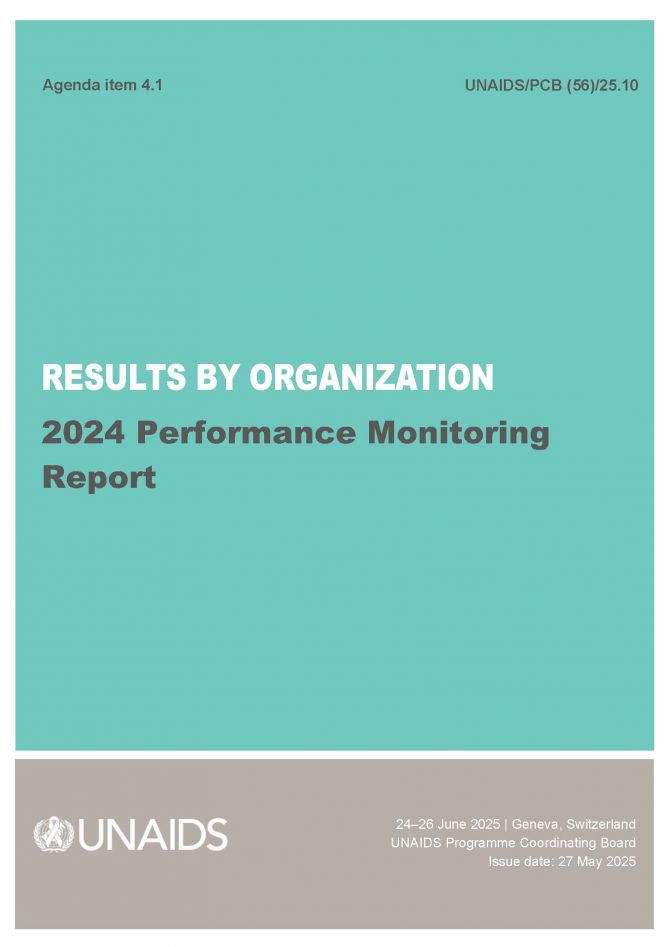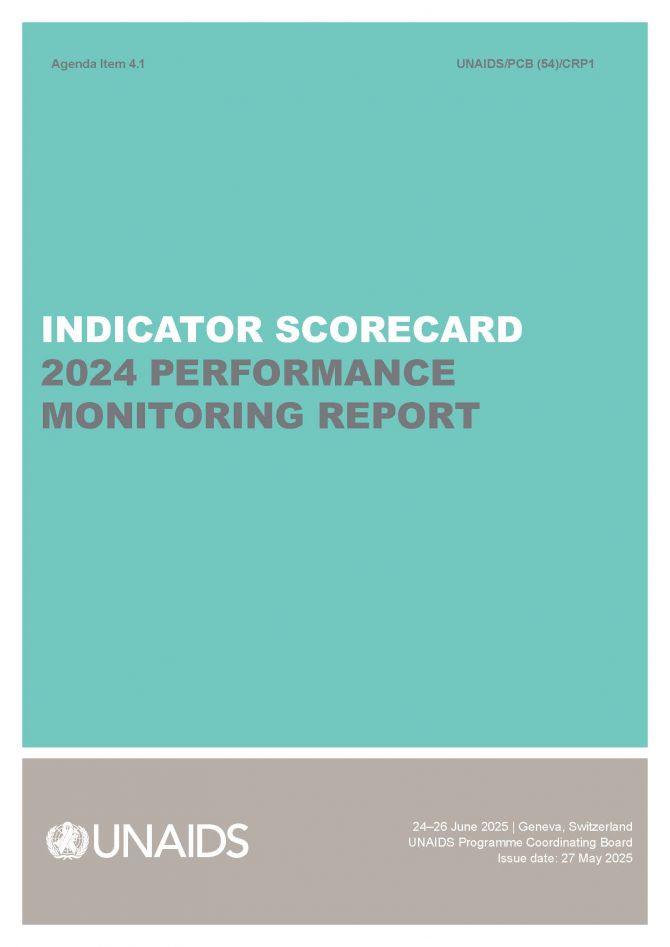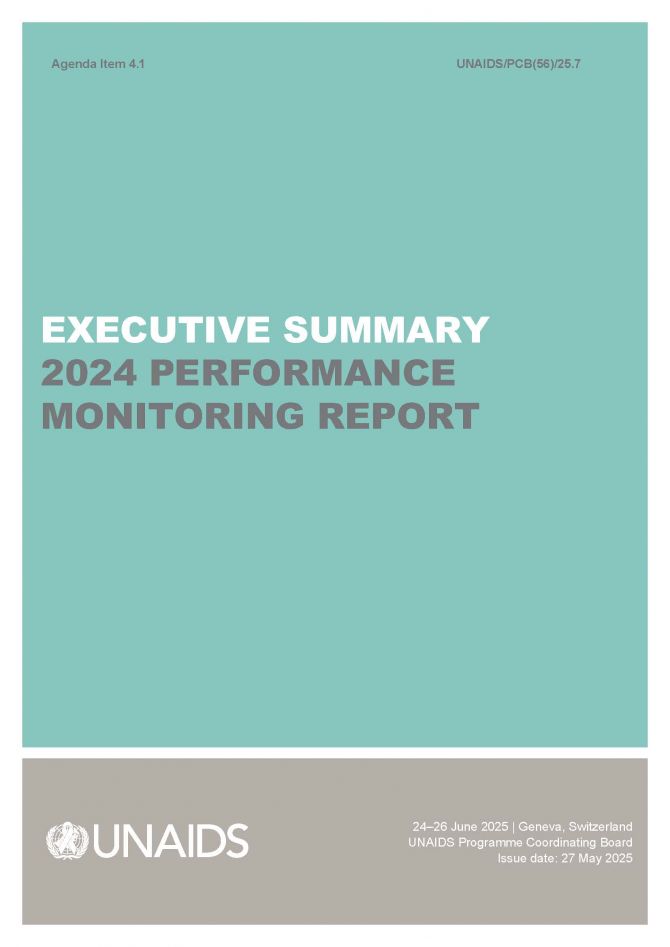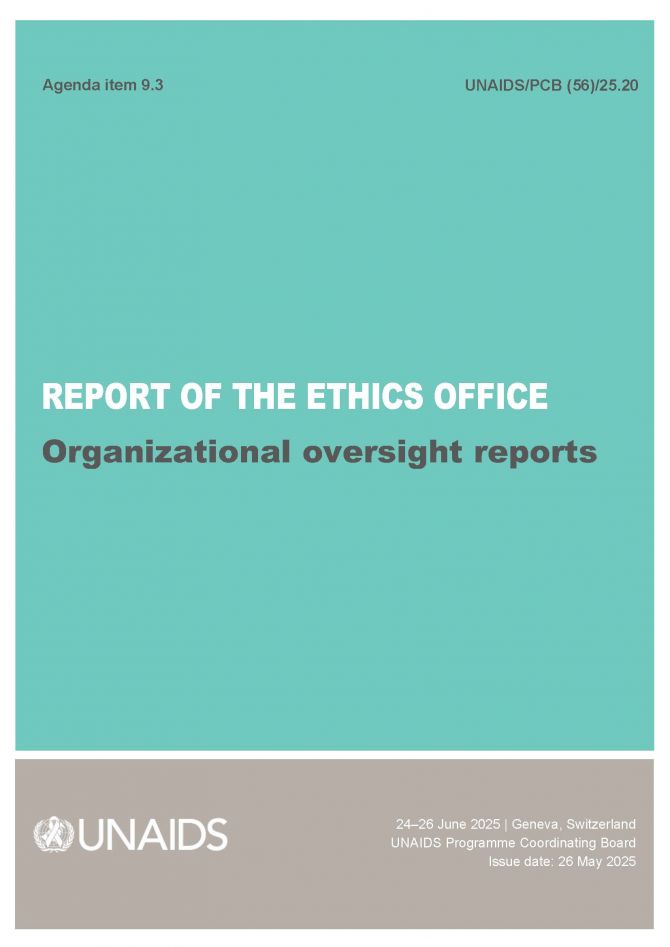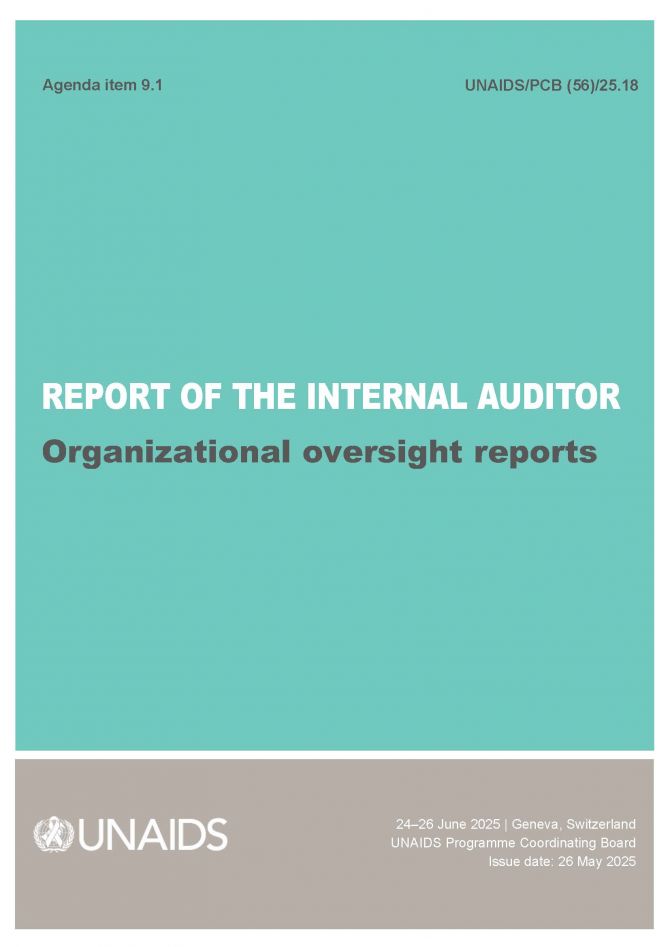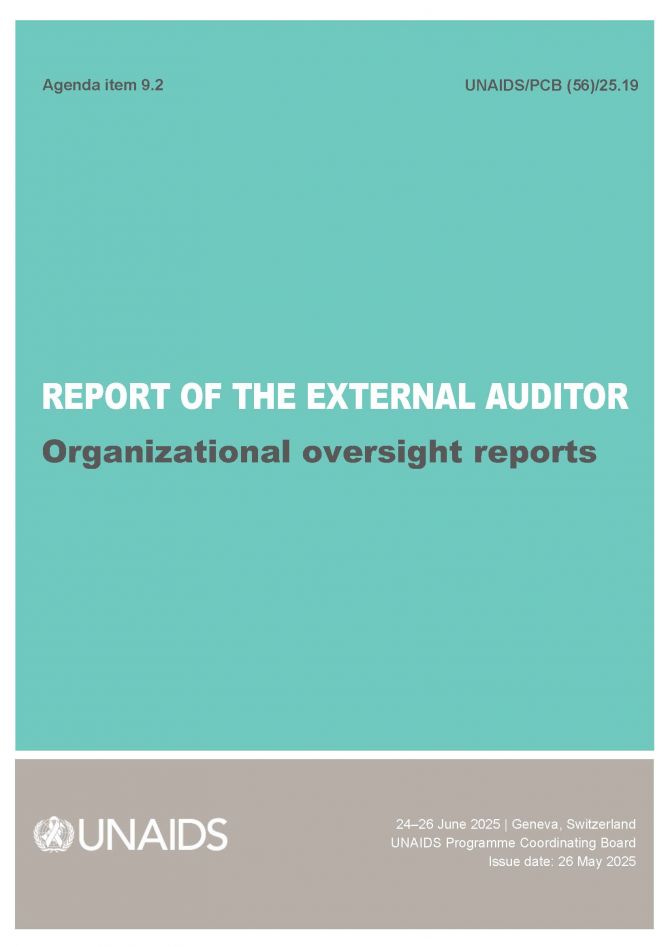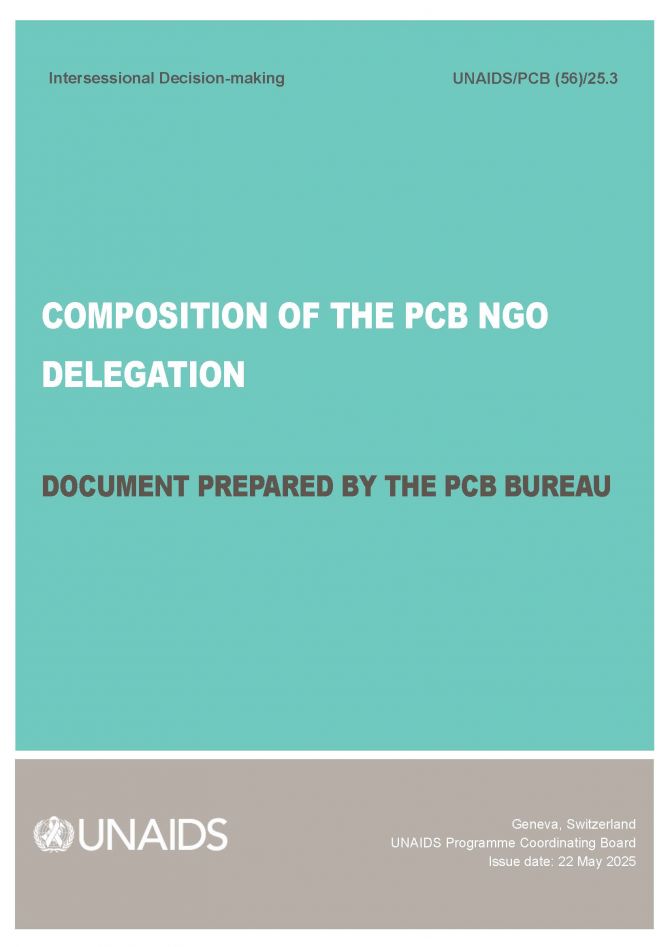- Who we are
-
Focus areas
- Global AIDS Strategy 2026-2031
- Recommended 2030 targets for HIV
- Sustainability of the HIV response
- Community pandemic response
- Education Plus Initiative
- Global alliance to end AIDS in children
- Equal access to cutting edge HIV technologies
- Save lives: Decriminalize
- Global council on inequality, AIDS and pandemics
- Resources and financing
- Global HIV Prevention Coalition
- Global Partnership to Eliminate Stigma and Discrimination
- Global parliamentary platform on HIV and AIDS
- Programme areas
- Where we work
- Resources
- Take action
- Donate
- Who we are
-
Focus areas
- Global AIDS Strategy 2026-2031
- Recommended 2030 targets for HIV
- Sustainability of the HIV response
- Community pandemic response
- Education Plus Initiative
- Global alliance to end AIDS in children
- Equal access to cutting edge HIV technologies
- Save lives: Decriminalize
- Global council on inequality, AIDS and pandemics
- Resources and financing
- Global HIV Prevention Coalition
- Global Partnership to Eliminate Stigma and Discrimination
- Global parliamentary platform on HIV and AIDS
- Programme areas
- Where we work
- Resources
- Take action
- Donate

